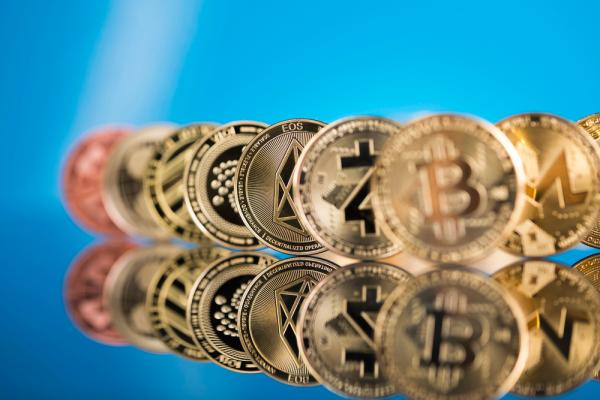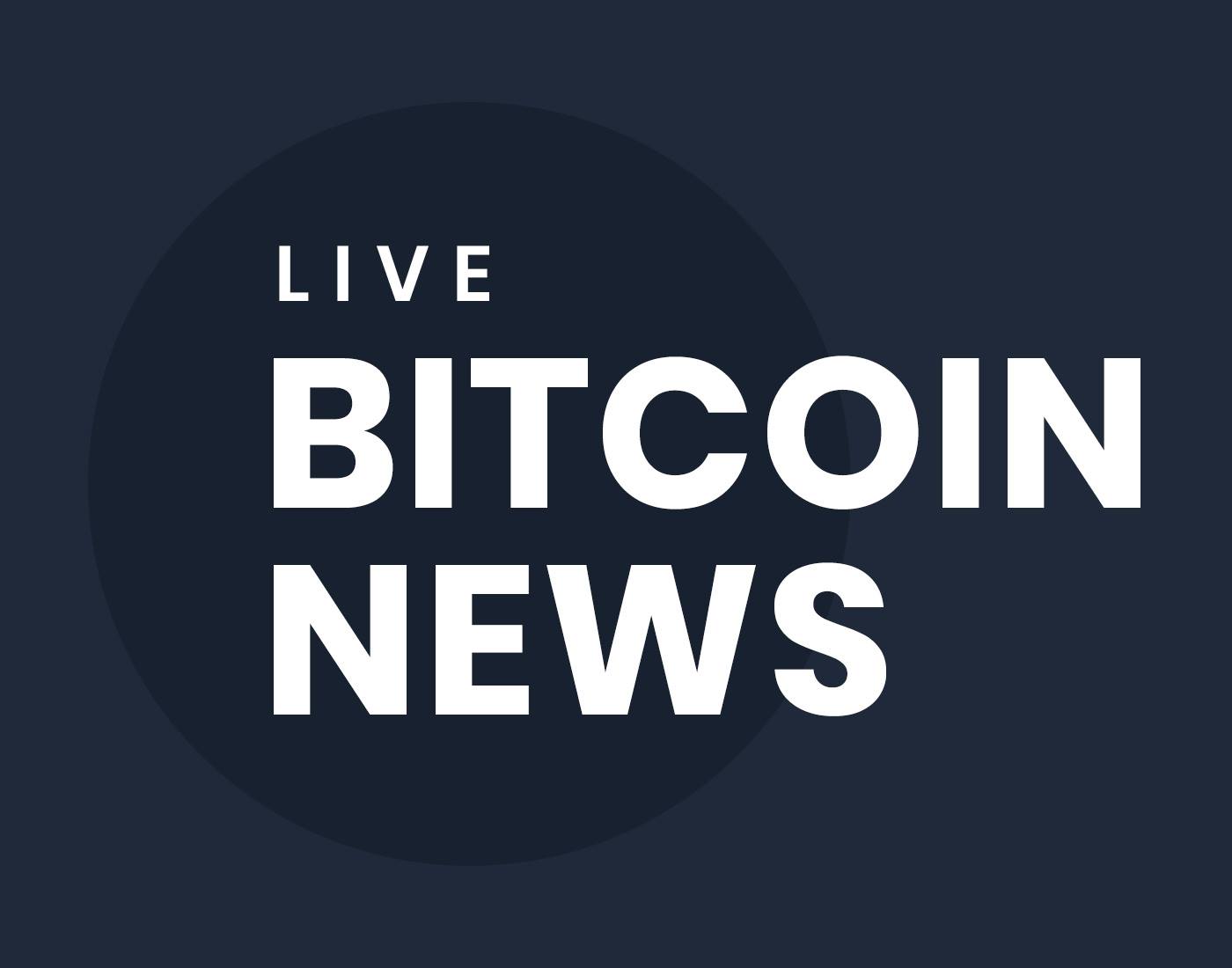
In a report released by Bybit on June 4, memecoins have become highly likeable assets for institutions on its platform, reflecting the same elsewhere. Beyond the attractive characters that retail users get behind, meme coins represent the ability to multiply wealth quickly, especially during bull runs. Institutions are all for it.
According to the report, institutional interactions with memecoins through spot holdings were up by 226% in March, taking their holdings to a whopping $204 million. April saw a further rise as the total memecoin holdings shot up to $297 million. Most institutions then followed the trend of liquidating their holdings for profits as the memecoin markets underwent corrections.
If anything, this depicts the risk-taking behavior that institutions are now normalizing with this specific volatile crypto segment. Regardless, they stuck to the biggest meme-based asset, DOGE, which they interacted with in abundance thanks to its liquidity and relative stability.
PEPE, of course, was another asset they were interested in while harnessing the memecoin market. According to data collected on May 1, 2024, institutional investors held 22.23% of their memecoin holdings in PEPE. DOGE was higher at 36.17% and SHIB at 10.39%. Surprisingly, institutions have taken a liking to BONK and its massive surge in popularity, making it their fourth largest holding, with a total of $74.5 million allocated to the asset.
While the top assets witnessed large holdings, institutional users refrain from delving into new memecoins. This symbolizes their boundaries with risk-taking. Retail customers on Bybit, however, showed massive interest in holding newly launched tokens for the long term.
Institutions prefer putting massive amounts into top memecoins and liquidating their holdings when the markets slow down as part of their enhanced crypto strategies. On the other hand, retail investors prefer allocating small amounts to new tokens and holding them until they offer massive returns – possibly.
* The content presented above, whether from a third party or not, is considered as general advice only. This article should not be construed as containing investment advice, investment recommendations, an offer of or solicitation for any transactions in financial instruments.


